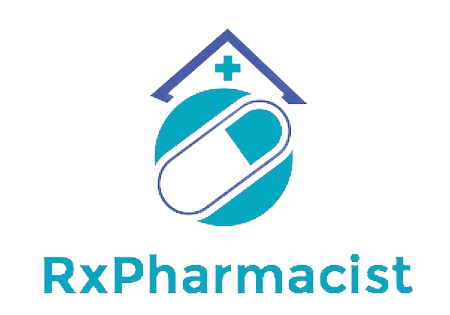The Fault in Our EGFRs
The Fault in Our Stars is a novel written by John Green. Since its release in both print and film, the moving story has managed to strangle hearts around the world as it explores many colorful yet melancholic themes of life, cancer being among them. One example is a clever nod to Shakespeare’s Julius Caesar, specifically the following line by Caddius: “The fault, dear Brutus, is not in our stars, but in ourselves, that we are underlings”. 6
Of all the literary works I’ve read and enjoyed over the years, this line is especially memorable. Caddius implies fate (or stars for that matter) is a negligible force, for it is supposedly a person’s own fault alone if their life falls short of their expectations. By titling his book The Fault in Our Stars it is clear Green disagrees, at least as it pertains to cancer and our dear protagonists in the novel.
Although cancer can certainly be acquired through environmental means such as smoking or radiation, it can also be genetic. In fact, if we want to get a little more technical, for a select group of people their undoing could specifically be a fault in their epidermal growth factor receptor or EGFR (HER1/ErbB1) gene.2 EGFR positive lung cancer is most common in people who have adenocarcinoma, never/rarely smoked, women, young adults and people of asian or east asian heritage.2 Additionally, adenocarcinoma is a subtype of non-small cell lung cancer (NSCLC) which causes nearly 80-85% of all lung cancers.4 Risk of acquiring adenocarcinoma is increased for patients who smoke, inhale second hand smoke, and are exposed to radon gas, asbestos or other cancer-causing agents in their daily lives.4
If we are dealing with an EGFR positive case of lung cancer and wish to decide on a medication, it makes sense we would attempt targeted therapy as opposed to standard chemotherapy in order to directly inhibit the EGFR receptor. Therefore, NSCLC EGFR+ patients can typically be administered EGFR inhibitors as outlined above.
I have included some other potential mutations and their therapies as a bonus. Note they all end in -nib, as they are all tyrosine kinase inhibitors (TKIs) and the bolded drugs are preferred. Medications ending in ‘-mab’ denote monoclonal antibodies which are biologic type medications as they are usually therapeutic proteins and large structures chemically. Medications ending in ‘-nib’ are usually small molecules, think of this as a car versus an airplane which are ‘-mabs’ for size.
You should anticipate a rise in biosimilar oncology medications on the market. Overall, the Food and Drug Administration (FDA) has approved 29 biosimilar medications so far, and almost all of them have a role to play in oncology therapeutics. If you are interested in a much deeper dive into oncology and many more disease state topics, check out our CPJE Study Guide. Additionally, here are some useful resources on cancer you can also reference:
- NCCN guidelines
- ASCO guidelines
- National Cancer Institute
- CDC
- American Cancer Society
- Eastern Oncology Group (ECOG)
References
- American Cancer Society. What Causes Cancer? Accessed April 17, 2021. https://www.cancer.org/cancer/cancer-causes.html.
- Lung Cancer Foundation of America. EGFR Mutation and Lung Cancer: What is it and how is it treated? Accessed April 17, 2021. https://lcfamerica.org/lung-cancer-info/types-lung-cancer/egfr-mutation/.
- American Cancer Society. What Is Lung Cancer? Accessed April 17, 2021. https://www.cancer.org/cancer/lung-cancer/about/what-is.html.
- Harvard Health Publishing. Adenocarcinoma of the lung. Accessed April 17, 2021. https://www.health.harvard.edu/a_to_z/adenocarcinoma-of-the-lung-a-to-z.
- American Cancer Society. Non-Small Cell Lung Cancer Targeted Drug Therapy: Lung Cancer Drugs. Accessed April 17, 2021. https://www.cancer.org/cancer/lung-cancer/treating-non-small-cell/targeted-therapies.html.
- Shakespeare W, Mowat, BA, Werstine, P. The tragedy of Julius Caesar. New York: Washington Square Press; 2005.
- Green, J. The Fault in Our Stars. Penguin Books; 2013.
The Fault in Our EGFRs Read More »
